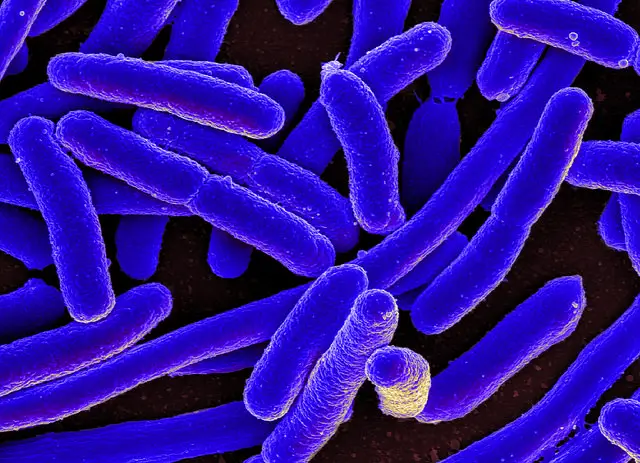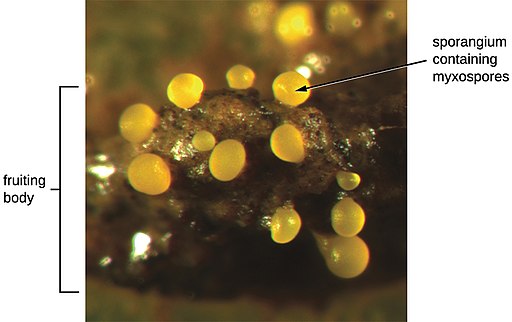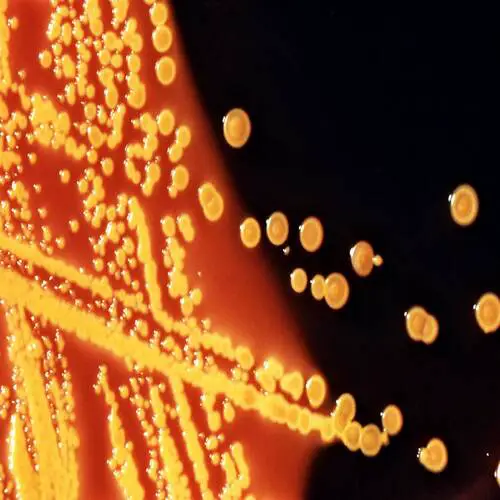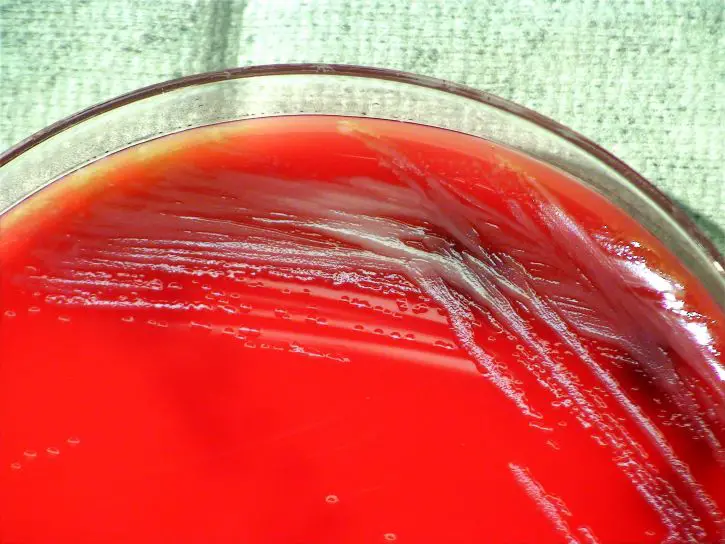E. Coli under the Microscope
Types, Techniques, Gram Stain and Hanging Drop Method
Introduction (E. Coli)
Commonly referred to as E. coli, Escherichia coli is a bacterium that is typically found in a number of environments including various foods, soil and animal intestines. E. coli is very diverse and belongs to the genus Escherichia. While most of the strains are harmless (and also important in the human intestinal tract), others are harmful and can cause very serious health implications. A good example of this is E coli 0157:H7.
Apart from food poisoning that can cause diarrhea and other problems in the digestive system, harmful strains of E coli can cause the following health problems;
- Infection of the urinary tract
- Pneumonia
- Respiratory illness
In the intestinal tract, E coli plays an important role in that it aids in digestion and supports the absorption of vital vitamins from food in the body. In addition, it has been shown to be beneficial in that it prevents the growth and proliferation of other harmful species of bacteria that would otherwise cause health problems.
Main Category of Pathogenic (Diarrheagenic) E. Coli.
- Shiga toxin-producing E coli (STEC)
- Enterotoxigenic E coli (ETEC)
- Enteropathogenic E coli (EPEC)
- Enteroaggregative E. coli (EAEC)
- Enteroinvasive E coli (EIEC)
- Diffusely adherent E coli (DAEC)
Gram Stain
E. coli is described as a Gram-negative bacterium. This is because they stain negative using the Gram stain.
The Gram stain is a differential technique that is commonly used for the purposes of classifying bacteria. The staining technique distinguishes between two main types of bacteria (gram positive and gram negative) by imparting color on the cells.
Being Gram-negative bacteria, E. coli have an additional outer membrane that is composed of phospholipids and lipopolysaccharides. The presence lipopolysaccharides on the outer membrane of bacteria gives it an overall negative charge to the cell wall. Because of these properties, E. coli does not retain crystal violet during the Gram staining process.
See page explaining Gram positive and Gram negative bacteria
E. Coli Microscopy
To determine whether a strain(s) is present in a sample, it's necessary to stain the sample. Here, Gram stain is used as it helps distinguish between the gram positive and gram negative bacteria in a sample.
Being a differential stain,
Gram stain is more complex compared to more simple stains like methylene blue.
As such, more than one stain is used for the purposes of differentiating the its cellular components.
For this technique, 3 different stains are used.
These include:
- Crystal violet
- Iodine
- Safranin
Requirements
- Microscope glass slide
- A collecting wire loop
- A heater (Burner)
- Sample (E. Coli Culture)
- Distilled water
- Gram stain (Crystal violet, Iodine stain and Carbol Fuschin)
- Alcohol
Smear Preparation
- Before scooping the sample, heat the wire loop and allow cooling (to make sterile).
- Using the wire loop, scoop and place the broth culture on to a clean, sterile slide.
- Gently spread the inoculum to about a centimeter in diameter (spreading the sample on the slide)
- For plate cultures (of bacteria) use a sterile wire loop to drop saline solution at the middle/center of the slide
- Using another sterile wire loop (heat and allowed to cool) scoop a small amount of the sample and stir on the drop of water to form an emulsion
Fixing
Here, heat is used for fixing. Heat fixing procedure involves the following steps:
- Air dry the slide for the smear to dry
- Pass the slide through the flame a few times (2 or 3 times) smear side up
* During heat fixing, avoid overheating the slide.
Gram Staining
- Place the slide on a staining rack and flood the smear with crystal violet for about one minute
- Slightly tilt the slide and rinse with water (distilled or tap water) gently - Avoid roughly washing the slide
- Flood the sample with iodine and allow the slide to stand for about 1 minute
- Slightly tilt the slide again and rinse using tap or distilled water (gently).
- Tilt the slide and decolorize using 95% ethyl alcohol/acetone - decolorizing should be done by applying the alcohol in drops for about 8 seconds
- Rinse with water gently
- Blot the slide dry
- Place the slide on microscope and view the sample
When viewed under the microscope, Gram-negative E. Coli will appear pink in color. The absence of this (of purple color) is indicative of Gram-positive bacteria and the absence of Gram-negative E. Coli.
Hanging Drop Method
The hanging drop method refers to a technique that helps examine small, living and unstained organisms. It can be used for such motile bacteria as Ps. fluorescens and E. coli.
Using the hanging drop
technique is also very important given that it helps distinguish between Brownian
movement (the movement of particles that are suspended in a fluid) and motility
of microorganisms.
Requirements
Some of the requirements include:
- Clean glass slides
- Paraffin wax
- Wire loop
- A cover slip
- Heater (Bunsen burner)
- A young broth culture of motile bacteria (Preferably within 24 hours)
Procedure
- Apply a paraffin ring on a clean glass slide (an adhesive tape ring can be used for this)
- Using a scraper/laboratory scoop, dab Vaseline on the corners of a cover slip
- Using a wire loop, carefully place a loopful of the broth on to the center of the glass cover slip
- Turn the glass slide over the sample on the cover slip to have the sample lying between the slide and the cover slip
- Place the slide on the microscope for viewing (the cover slip should be on top)
- Start with the lowest power and view the specimen
To determine whether the bacteria is really moving, it's important to ensure that it's moving in different directions and changing position. This differentiates motility of the organism from mere Brownian motion.
See Also: Bacteria under the Microscope, See Eubacteria page, Learn more about Coliforms, Microscopy Culture and Sensitivity
Return to Microscope Experiments, BrightField Microscopy and Microscope Slides Preparation
Return from E. Coli under the Microscope to MicroscopeMaster Home
Resources
Chris Hayhurst (2004) E. Coli.
Dr Kaiser, G. E. (February 2009). Gram Stain of Escherichia Coli.
MiSAC's Practical Microbiology for Secondary Schools, pp 22-23
Find out how to advertise on MicroscopeMaster!

![Escherichia coli under 10х90х magnification using fuchsine as a dye By ElNokko (Own work) [CC BY-SA 4.0 (http://creativecommons.org/licenses/by-sa/4.0)], via Wikimedia Commons Escherichia coli under 10х90х magnification using fuchsine as a dye By ElNokko (Own work) [CC BY-SA 4.0 (http://creativecommons.org/licenses/by-sa/4.0)], via Wikimedia Commons](https://www.microscopemaster.com/images/E._coli.jpg)




